In the vast steppes of Central Asia, where nomadic traditions have thrived for centuries, few beverages hold as much cultural significance as kumis, the fermented mare’s milk cherished by the people of Kazakhstan. This ancient drink, with its tangy flavor and slight effervescence, is more than just a refreshment—it is a symbol of hospitality, resilience, and a deep connection to the land. For generations, Kazakh nomads have relied on kumis not only for nourishment but also for its purported medicinal properties, making it a staple in their daily lives and celebrations.
The process of making kumis is as intricate as it is time-honored. Fresh mare’s milk is collected during the short milking season, which typically lasts from late spring to early autumn. The milk is then poured into a traditional container, often a leather bag called a saba, where it undergoes natural fermentation. The fermentation process, aided by lactic acid bacteria and yeast, transforms the milk into a mildly alcoholic beverage with a unique sour taste and a slightly fizzy texture. The skill of the maker lies in controlling the fermentation, as too little results in a bland drink, while too much can make it overly pungent.
Kumis plays a central role in Kazakh social and cultural rituals. It is traditionally served to guests as a gesture of goodwill, and no important gathering—be it a wedding, a birth celebration, or a festival—is complete without it. In nomadic communities, sharing kumis is a way to strengthen bonds and honor traditions passed down through generations. The drink is also closely tied to the Kazakh concept of “dastarkhan”, the sacred table where food and drink are shared in a spirit of generosity and unity.
Beyond its cultural importance, kumis has long been valued for its health benefits. Rich in vitamins, probiotics, and easily digestible proteins, it is believed to aid digestion, boost the immune system, and even treat respiratory ailments. In the 19th century, Russian doctors prescribed kumis as a remedy for tuberculosis, leading to the establishment of sanatoriums in Kazakhstan where patients would undergo “kumis therapy”. While modern medicine has evolved, many Kazakhs still swear by its restorative properties, consuming it regularly for vitality and longevity.
Today, kumis remains a beloved part of Kazakh identity, though its production and consumption have evolved with changing times. While urban Kazakhs may now find bottled kumis in supermarkets, rural families continue to prepare it the traditional way, often keeping their fermentation techniques a closely guarded secret. Efforts are also underway to introduce kumis to global markets, with producers experimenting with pasteurization to meet international food safety standards without compromising its distinctive taste.
Yet, despite modernization, the essence of kumis endures—a testament to the resilience of Kazakh culture. Whether sipped in a yurt on the open steppe or sampled at a trendy Almaty café, each glass carries with it centuries of history, a reminder of the nomadic spirit that still pulses through the heart of Kazakhstan. As the world becomes increasingly interconnected, kumis stands as a proud emblem of tradition, inviting all who taste it to partake in a legacy that is both timeless and ever-evolving.

By Laura Wilson/May 10, 2025
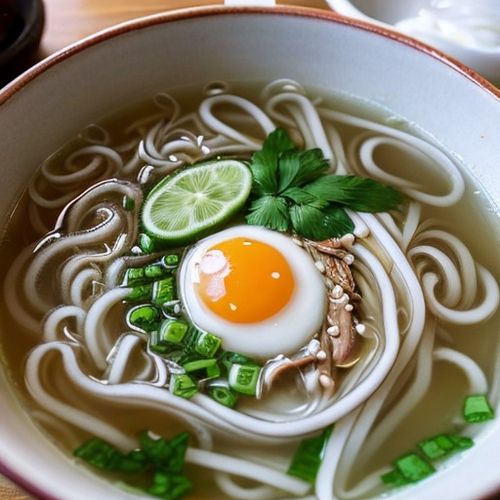
By Christopher Harris/May 10, 2025
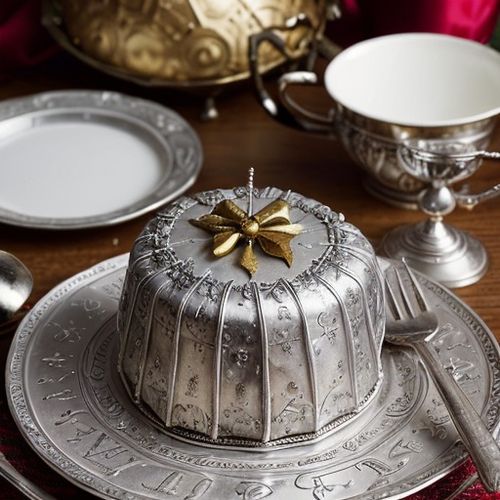
By Samuel Cooper/May 10, 2025

By Megan Clark/May 10, 2025
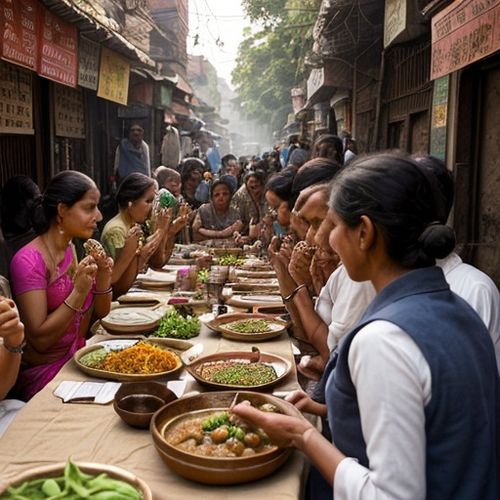
By Olivia Reed/May 10, 2025
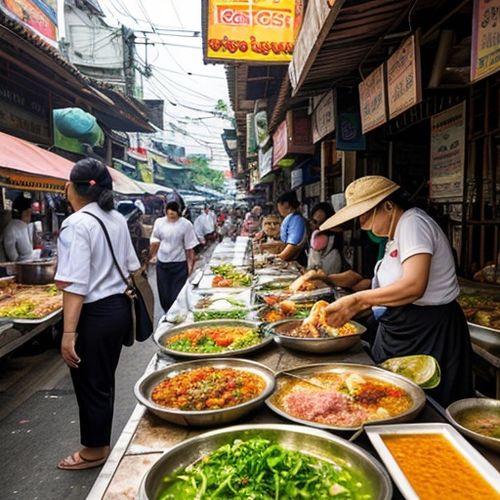
By Natalie Campbell/May 10, 2025
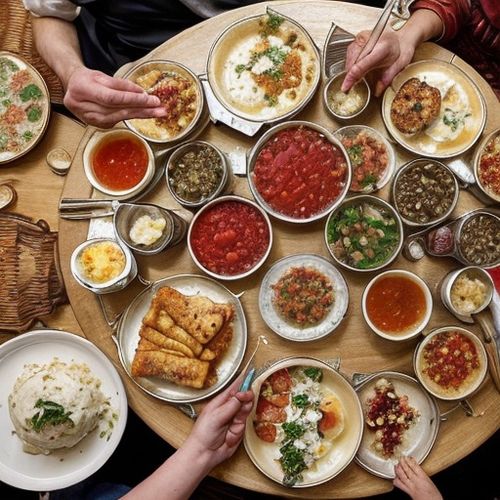
By Sophia Lewis/May 10, 2025
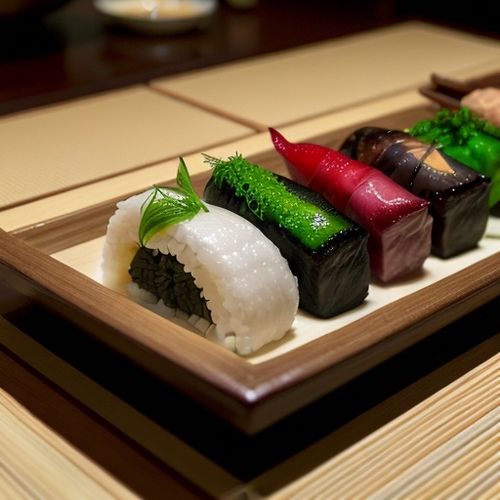
By George Bailey/May 10, 2025
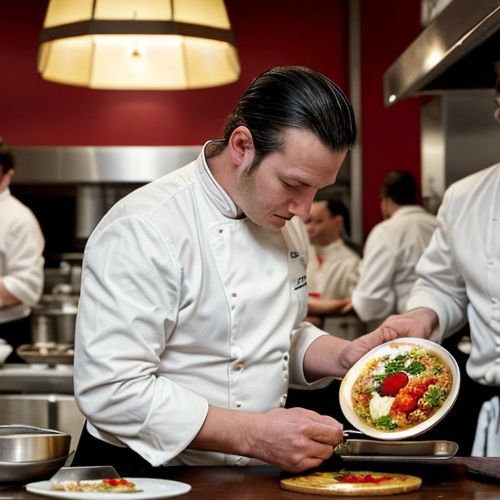
By Eric Ward/May 10, 2025
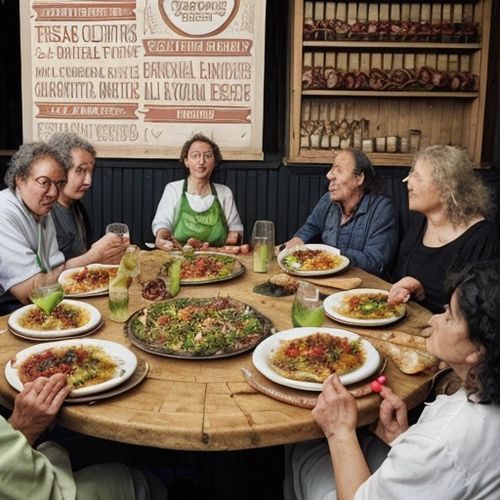
By Daniel Scott/May 10, 2025

By George Bailey/May 10, 2025
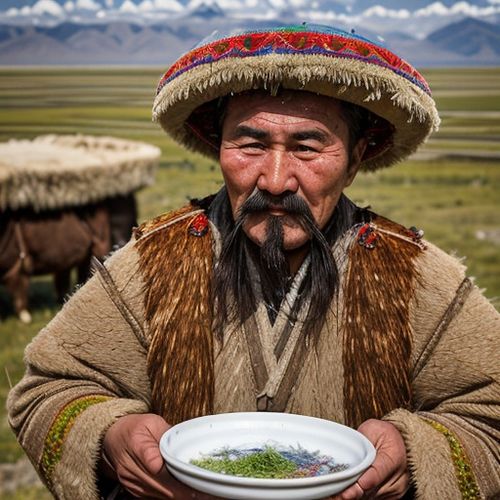
By Elizabeth Taylor/May 10, 2025
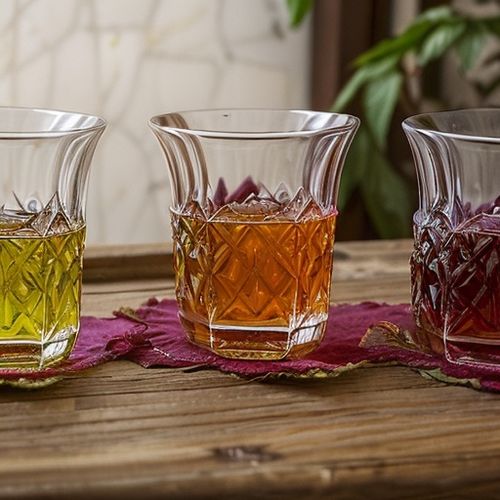
By Natalie Campbell/May 10, 2025

By Emily Johnson/May 10, 2025
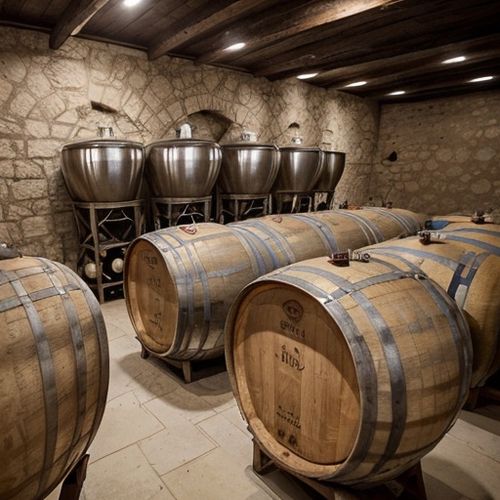
By Elizabeth Taylor/May 10, 2025
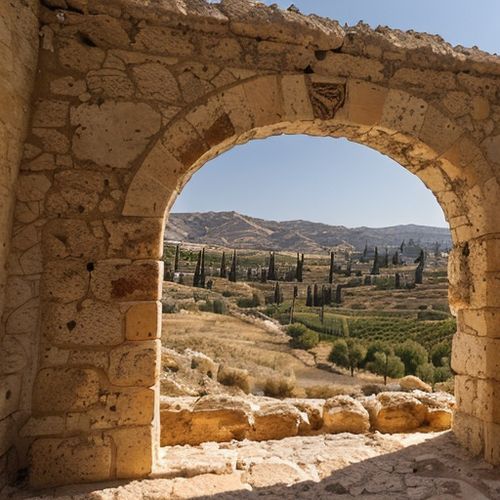
By Thomas Roberts/May 10, 2025
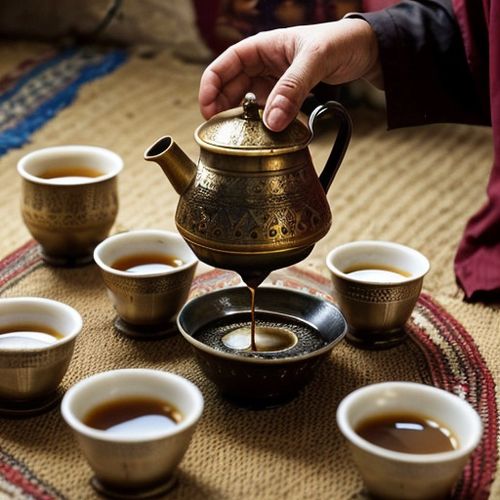
By Christopher Harris/May 10, 2025
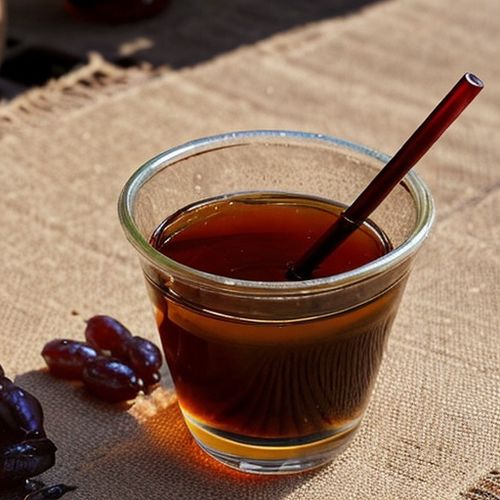
By Megan Clark/May 10, 2025
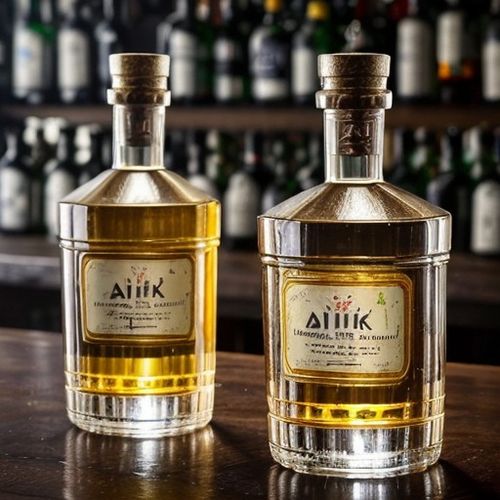
By Samuel Cooper/May 10, 2025
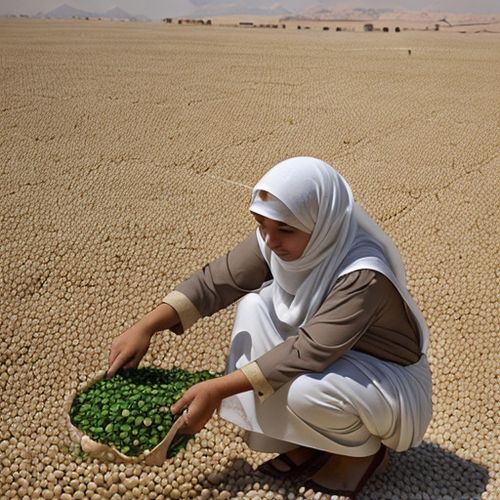
By James Moore/May 10, 2025